Rockland County
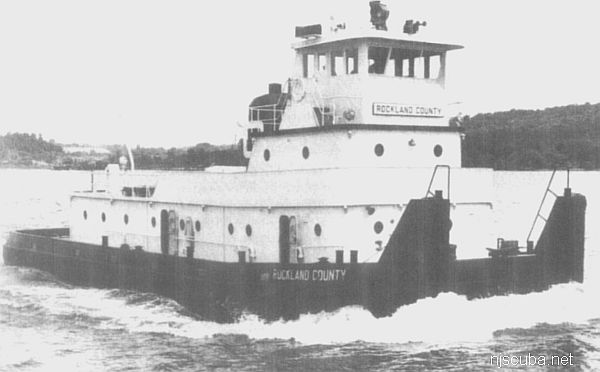
- Type:
- artificial reef, tugboat
- Built:
- 1960, Dravo, Wilmington DE USA
- Specs:
- ( 105 x 24 ft )
- Sponsor:
- Spentonbush Red Star Company
- Sunk:
- Friday February 14, 1986 - Sea Girt Artificial Reef
- GPS:
- 40°07.942' -73°55.879'
- Depth:
- 80 ft
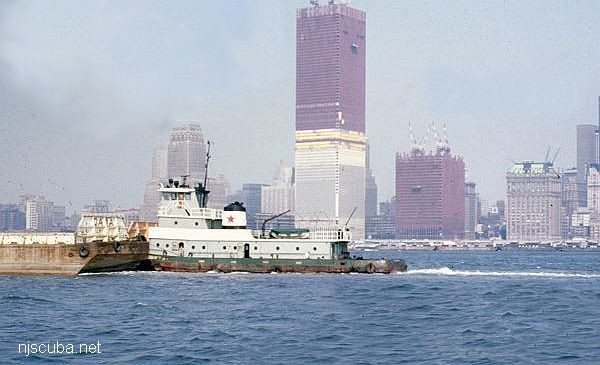
Built in 1960 by Dravo Corporation of Pittsburgh, Pennsylvania (hull #4053) for New York Trap Rock Corporation, the parent company of the Cornell Steamboat Company at the time. She was one of the first towboats in the northeast and was built to handle the company’s stone scows, since she could push more barges than a conventional tug would be able to tow. In 1964 the New York Trap Rock Corporation/Cornell Steamboat Corporation sold off their assets and the tug was acquired by the Red Star Towing Company of Brooklyn, New York. In 1986 she was reefed off of Sea Girt, New Jersey. She was a twin screw tug rated at 1800 HP.
tugboatinformation.com
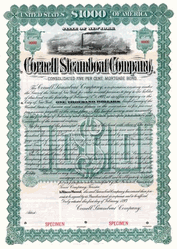
For 127 years the Cornell Steamboat Company dominated the traffic on the Hudson River with its large fleet of steamers, tugs, and barges. In 1958, Cornell was bought out by Trap Rock Industries, their biggest customer, and by 1960 the once-proud Cornell fleet was reduced to a single vessel - the Rockland County. The Rockland County's sole duty was to move Trap Rock's stone barges between quarries along the upper Hudson River and docks in New York Harbor.
The Rockland County was the first pusher-type tugboat ( or "towboat" ) in the northeast. Such vessels are common on the Mississippi and other western rivers, but not here along the stormy east coast, and even today there are not many. A towboat differs from the more common type of tugboat in having a flat bottom and a square bow with large "knees" or vertical frames, evident in the picture above. Instead of pulling its barges behind it, a towboat pushes the barges ahead. Usually, many barges are lashed together into a large raft ( ironically called a "tow" ) which is pushed and steered as a unit.


In 1964, owing to increased competition from railroads, Trap Rock sold their towing operations to Spentonbush / Red Star Group, and so the old Cornell Steamboat Company ceased to exist. Spentonbush / Red Star was a division of Amerada Hess Corporation, and the Rockland County ostensibly spent the remainder of her life moving gas and oil barges around New York Harbor, until she was donated and used as an artificial reef in 1986.
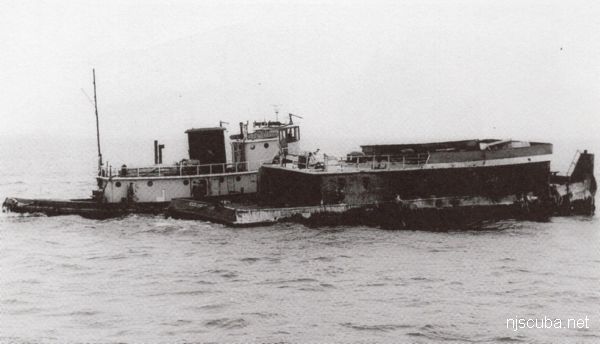

To move such a huge load, the Rockland County fed 1,800 shaft horsepower through two highly efficient Kort nozzles, or ducted propellers. For control, she possessed a total of six rudders. A similar configuration is pictured at right. With her wide, flat-bottomed hull, relatively shallow draft, and great maneuverability ( she was capable of turning around within her own length ) the Rockland County was ideal for use on inland waterways, and in her day was probably the most powerful tugboat on the river. Her roomy deckhouse gave above-average accommodations for the crew.
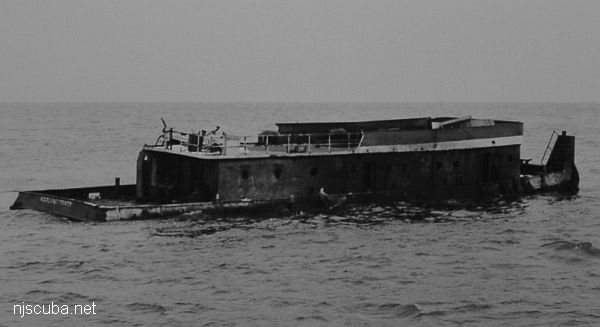
Today, the cut-down remains of the Rockland County lie upright on a muddy bottom in 80 feet of water. Unfortunately, almost anything of interest was removed prior to sinking, including the wheelhouse, engines, propellers, and rudders. Except for the large push-knees that mark the bow, the Rockland County is indistinguishable from a barge. The forward part of the heavy hull is sunk well into the silty mud, leaving few places for lobster to burrow under; there is better hunting around the stern. The deckhouse is easily penetrated from the sides or the roof, and is home to some very big Blackfish. The site is often used for training dives.
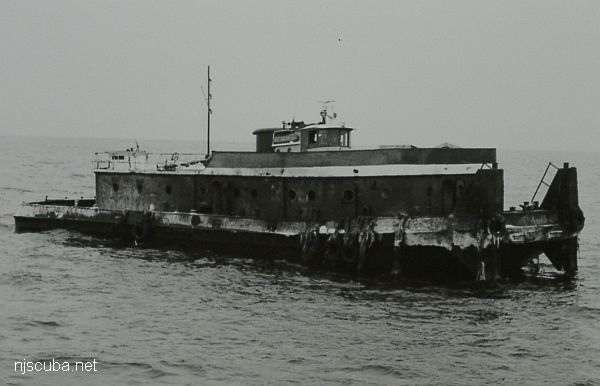
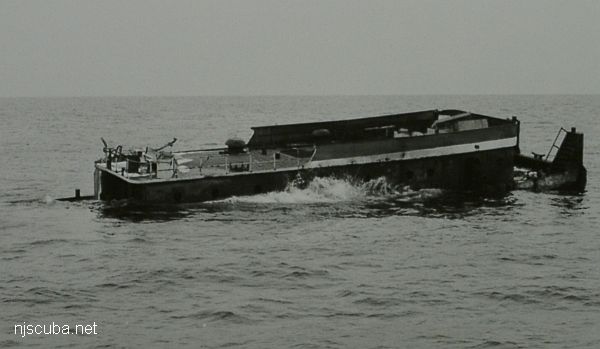

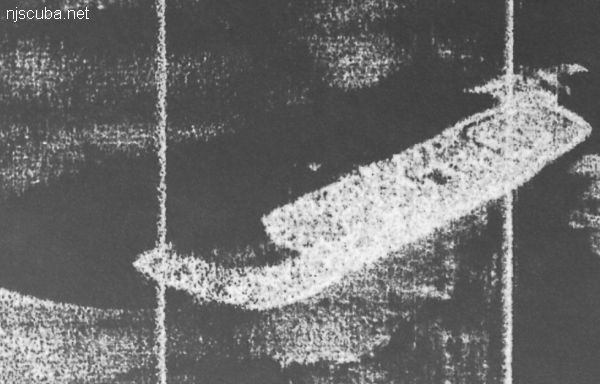
In 1997, the Rockland County became a double wreck, when the "Fisherman" barge was sunk nearby. A three-inch hawser once connected the two wrecks, running from the port side of the tug to the bow of the upside-down barge. Pulling yourself hand-over-hand along the mussel and hydroid encrusted line, you could easily cover the distance ( perhaps 100 yards ) in a few minutes. After several years, the hawser wore away, and I do not recommend going looking for the barge without it.
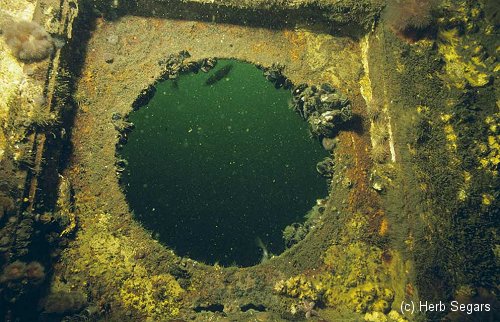

280864

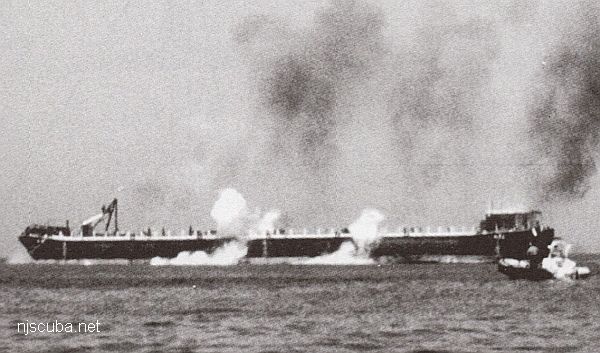
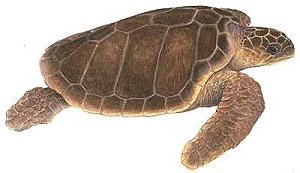
Questions or Inquiries?
Just want to say Hello? Sign the .